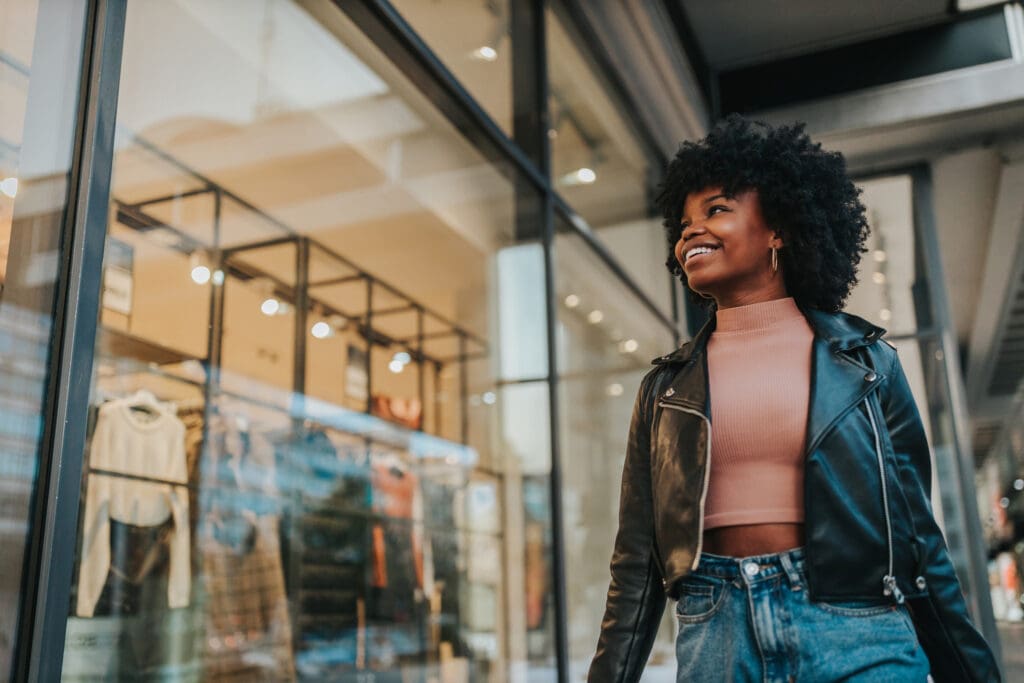Optimizing Your Visual Strategies for Social Lead Gen

Lead generation lives somewhere between marketing and sales — as a result, it can be difficult for marketing teams and sales teams to coordinate on who’s generating leads, where they’re coming from, and how they’re created.
A report from the Social Media Examiner in 2018 said that marketers who have been using social media for more than two years aren’t just growing an audience — more than half of them are boosting sales, and two-thirds of them are actively generating leads. Here’s how they’re doing it.
Pay Attention To Your Platforms
Probably the biggest mistake that social media marketers make is to take a one-size-fits-all approach to social media. That won’t work. Facebook is the biggest social media platform for marketers, followed by Instagram, Twitter, and LinkedIn.
But just because they’re popular doesn’t mean you should be using all of them. Each platform has its own range of audiences, demographics, and strategies. Take a hard look at your own buyer personas to see what kind of social media they’re spending their time on and budget your energy accordingly.
When you do decide on a platform or a mix of platforms, treat them independently. Users are looking for different experiences on different platforms — links vs text, videos vs photos — and you need to take that into account.
Use Visuals Across The Board
No matter where you’re posting, visuals should be a component of your social media strategy. In 2018, four out of five marketers were using “visual images” and 63 percent were using videos on social media, making them the two most popular kinds of content. Furthermore, most marketers are actually planning to increase their use of visuals in the future.
Visual content is effective, and marketers know it. Strategies vary by platform, but no matter what platform you’re using, visuals need to be a part of your strategy.
Use LinkedIn’s Lead Generation Tools
If you’re new to social media marketing or aren’t yet comfortable trying to generate leads on your social media accounts, LinkedIn is a good place to start. It connects you to other business leaders and has consistently shown the best rates of lead generation among social networks.
LinkedIn offers Lead Gen Forms as well, so prospective customers can reach out to you directly, without even having to find a landing page or send you an email. LinkedIn also offers sponsored content or the ability to reach out to leads directly with InMail. Whatever tools you use, your ads should be visually enticing — 60 percent of social media marketers say that LinkedIn has the best ROI for their efforts.
When It Comes To Facebook And Twitter, Focus On Quality
Visuals like infographics and photos perform better on Facebook than text-based posts. Unfortunately, this knowledge has led to a flood of poor-quality posts — some pages even post 5-second “videos” of still images in an effort to game the system. As a result, viewers aren’t clicking on just anything. You have to catch their eye.
The rule of thumb is that if you can’t do it right, don’t do it at all. If you don’t have the time, means, or resources to create videos in-house or outsource them to a creative team, don’t post low-quality videos — instead, focus on high-quality stills, infographics, and consistent branding.
On Instagram, Visuals Are All That Matters
Sure, the occasional famous Instagrammer will post a screenshot of a Snapchat or a black square with some white text on it. But scroll through the feeds of the premium Instagram accounts — especially those run by brands, not individuals — and you’ll find one thing: consistently great visual content.
Your first step has to be focusing on high-quality visuals, every time. Ideally, you’ll produce most of your imagery in-house — take photos of your product, your team, people using your stuff, behind-the-scenes activity, and so on. Show people what happens behind the curtain. People respond to authenticity, and Instagram imagery is a great way to display it.
If you have to get your imagery from elsewhere, think about the tone that you want to be portraying. Is your company light-hearted and colorful, like MeUndies? Or is it more intense and self-serious, like Mercedes? You may decide you want to use more generic imagery or user-generated content to supplement your feed, so you’ll need to decide what style of visuals you’re looking for ahead of time.
No matter what platforms you use, how often you post, or what your business goals are, consistency is paramount. Everything you post should “feel” like it came from your company at a glance. You work hard to build a brand image — use your visuals to keep it up.





